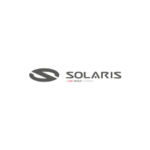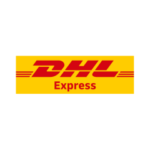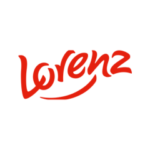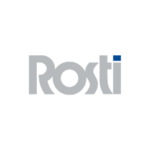Recent events have shown that it is no longer enough to simply adapt to change, but to do so at an unprecedented pace. Indeed, it is no longer enough to simply manage staff, but processes must be optimised to respond quickly in a dynamic environment. This change also requires a different approach to the role of HR departments, which are now faced with the challenge of efficient staff allocation and transforming organisations into structures that can respond quickly to changes in the external environment.
At a basic level, workforce management (Workforce Management) refers to the processes that maximise the efficiency and productivity of employees. Workforce management tools typically focus on employee scheduling, time tracking and attendance management. But what if unprecedented challenges are faced by an organisation? Then it may become apparent that digitalising the single processes mentioned earlier is not enough; it is necessary to optimise HR, made possible by integrating HR management solutions into a single platform. The role of personnel management is evolving towards a holistic approach to operational processes and employee performance.
There are many IT systems on the market that deal with this area. However, the integrity of the environment, i.e. the inclusion of comprehensive support for all HR processes in a single solution, is key here – and this is already more difficult. Isolated solutions do, of course, sometimes provide more additional functionality (mainly because they cover a narrower area), but in turn do not provide a broader perspective and the possibility of using the same data in different processes. It is important to remember that WFM systems based on information silos cannot keep up with constant change. WFM systems, by reusing the same data again and again without the need for additional integration, are able to support HR processes, extending their operational use to essentially every competence centre in the organisation.
Managing a company’s most valuable resource requires cooperation between operational and HR departments. Modern team management is no longer about handling the number of employees or simply scheduling working time. Nowadays, HR is required to have a deep understanding of business processes and maximise the value of the human capital employed in the organisation. This is made possible by a modern WFM system, which, in addition to optimising working time management, offers, among other things, the prediction of the number and required competencies of staff, the involvement of employees in the planning process, analytical tools or those that improve communication within the company.
Workforce Management is the cornerstone of the interaction between HR and operational departments, which is becoming a sine qua non for smooth functioning in today’s unpredictable market. In order to make the right decisions, it is necessary not only to have the data available, but to integrate it into a single system that is adapted to the specifics of workflow and enables a rapid response to changes. Flexibility, agility and employee autonomy – these are some of the most frequently occurring terms in the context of the requirements of WFM systems, as the pandemic has made particularly clear. Actually, overnight, we have witnessed the shift to remote working, the dynamic reallocation of resources and the acceleration of digitalisation and automation. And entering the post-pandemic era has confirmed that there is no going back to management based on uniform hierarchies, bureaucracy and control. Only systems that enable HR and operational departments to work seamlessly together in a single ecosystem will achieve the necessary flexibility and agility.
Błażej Migoń, expert in HR solutions
Do you have any comments or questions? Get in touch with Błazej Migoń on LinkedIn.



































